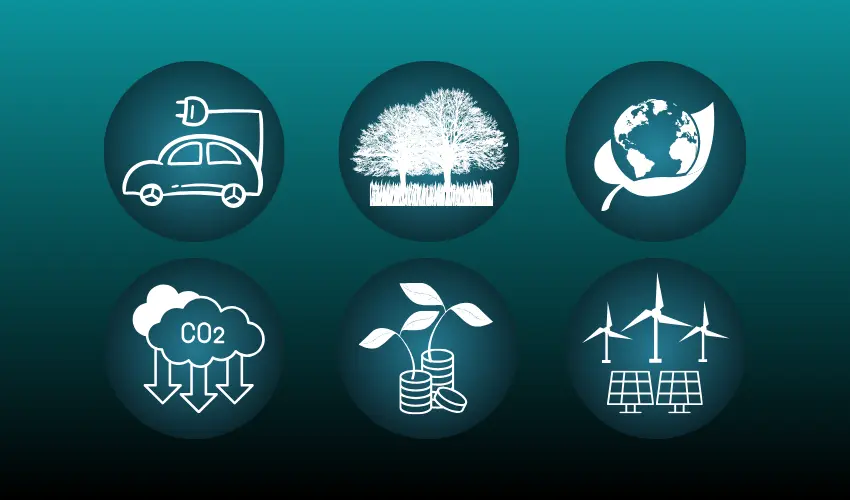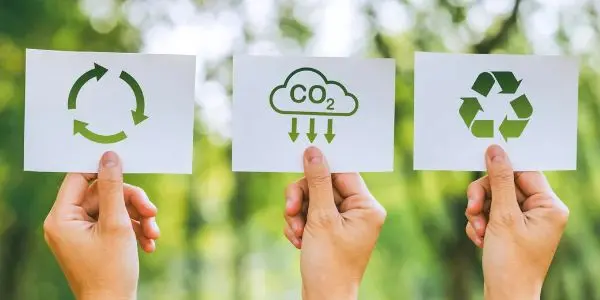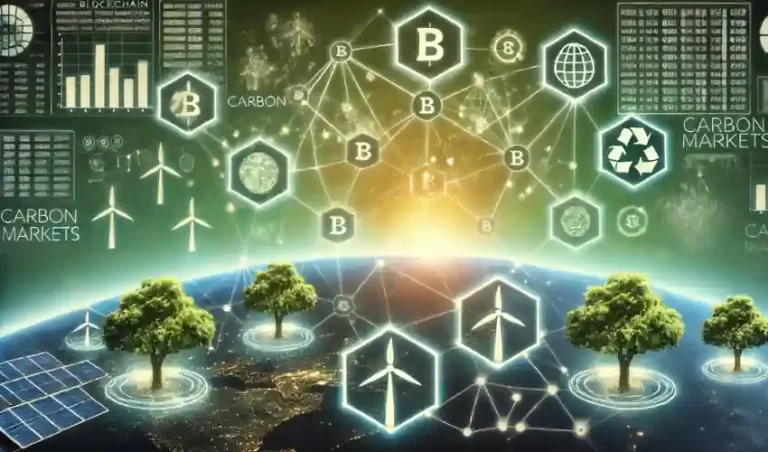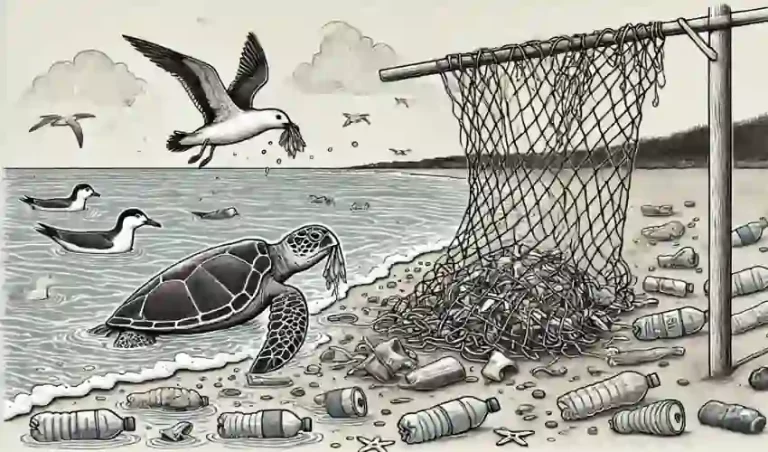Sustainability Trends 2025: Key Predictions to Watch
Discover the key sustainability trends shaping our future.
From developments in Net Zero and Renewables, through to Carbon Offsetting and Smart Cities, these sustainability trends will drive the changes we see in 2025.
1.Net Zero Challenges

The drive to reduce emissions and reach a global Net Zero position came under significant political challenge during 2023 and 2024.
The reality of actions needed, approaching deadlines, clearer costs and misinformation all played a role in this development.
Opposition remains ongoing from right wing parties within the US, the UK, and Australia. We expect this challenge to grow further in 2025, largely driven by right-wing political movements.
Alongside this, rising opposition from countries within the EU, notably in Germany, France and Austria, will further contribute to the 2025 challenge.
2. Rewilding Progress

Many rewilding projects proved successful in recent years, and begun to evidence viable economic models, largely based on eco-tourism.
Expect the rewilding trend continue in 2025 as existing rewilding projects mature and new ones go live.
The growth in Carbon Offsetting and the Biodiversity Net Gain (BNG) markets also have potential to boost rewilding further, serving as a means to generate additional economic value from rewilding land.
3. Climate Resilience Urgency

The impacts of climate change, including more severe storms, droughts and heatwaves, are becoming increasingly evident.
Governments and businesses will need to invest in resilience and adaptation strategies. In 2025, expect to see more climate-resilient infrastructure, such as flood barriers and heat resilient buildings, increase as a reaction to prior impacts.
Cities like Rotterdam are leading the way with their innovative approaches to climate adaptation, and more cities are expected to follow.
Unfortunately, those countries most effected by Climate Change are often the ones least able to afford adaptions. Expect calls for wealthier countries to contribute funding to continue, and for these calls not to be met, as has been evidenced in the COP29 meeting during 2024.
4. Robust Carbon Offsetting
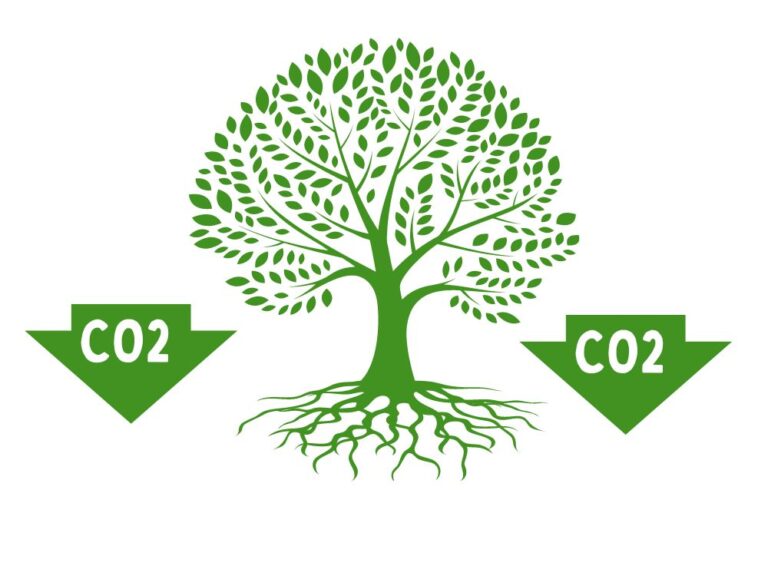
Weaker forms of offsetting were exposed and frequently criticised during 2024. However, when conducted well, carbon offsetting provide an immediate route to counter carbon emissions, and in doing so limit climate change impacts.
This is acknowledged by its continued inclusion in Net Zero strategies for governments and businesses around the world.
In 2025, expect to see investment focus on the most robust and truly impactful forms of offsetting. Forms include reforestation and mangrove restoration, that lock carbon up within the environment through sequestration. This will increasingly be sought within localised areas and supply chains that businesses can more closely oversee (an approach known as Carbon Insetting).
Investment in Carbon Capture and Storage will also rise, boosted by investment by governments. For example the UK has now committed close to £22bn for CCS Projects.
5. The EV Market Rolls On

The electric vehicle market is rapidly expanding, driven by decreasing battery costs and increased consumer demand.
Governments are also setting ambitious goals, with many aiming to phase out internal combustion engine (ICE) vehicles by 2030 or 2035. By 2025, we’ll likely see a tipping point in EV adoption, with more affordable models, longer-range batteries, and improved charging infrastructure.
Automakers are also heavily investing in EVs, with almost every major automaker rolling out electric models.
6. Renewables Growth
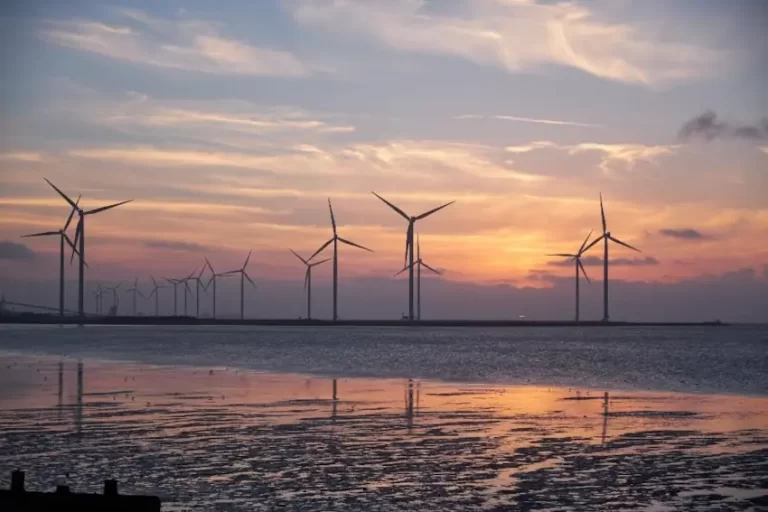
Over the past decade, the cost of solar and wind energy has fallen dramatically due to improvements in technology, economies of scale, and increased manufacturing capacity.
This is supported by governments and businesses continued commitment to renewable energy targets, furthering investment and contributing to widespread adoption.
In 2025, expect these trends to continue, making renewable energy the cheapest and most viable energy option in many regions.
This is being enhanced by increasing cost effective battery storage solutions. These help overcome the intermittency challenge of solar and wind energy, allow excess energy generated by renewables to be stored and used during periods of low generation. Cases, such as the proposed Darwin Energy Hub in Australia, display how batteries can be effectively utilised to boost reliability of renewables.
7. More Sustainable Finance
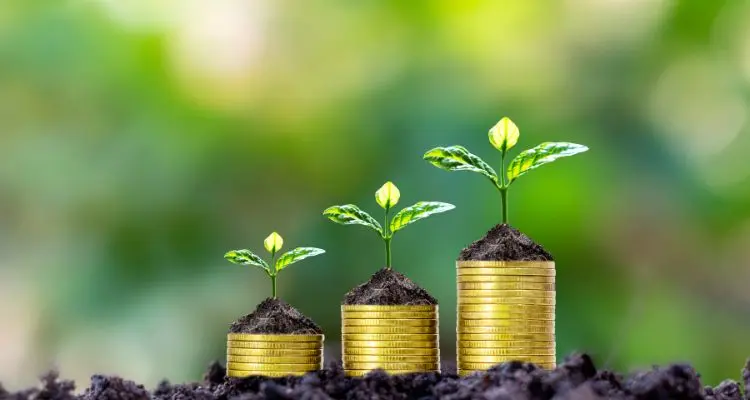
The rise of green finance, including green bonds and sustainability-linked loans, will continue to drive investment into sustainable projects.
The financial industry recognises the long-term risks posed by climate change, and many are already shifting towards sustainable portfolios. Furthermore, many businesses are directing financial investment towards sustainable funds to boost ESG credentials.
Across 2025, expect to see this financing playing a key role funding climate solutions and sustainable business practices.
8. Consumers Trend Green

Consumer behaviour are continuing to shift towards more sustainable choices.
A growing number of consumers, particularly younger generations, are opting for products that are reusable, recyclable, and ethically produced.
This trend is pushing businesses to adopt circular economy models, particularly in sectors like fashion (e.g., second-hand markets, rental models), electronics (right to repair), and packaging (biodegradable materials).
9. Pressures on Agriculture Drive Action
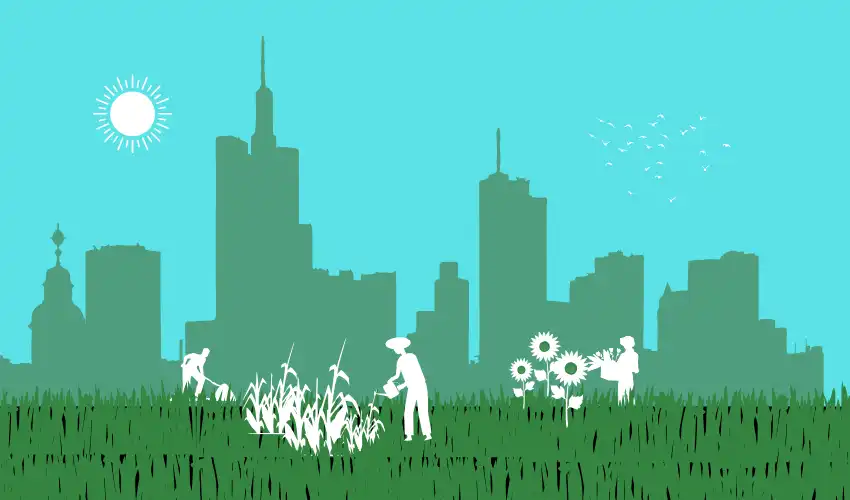
Traditional farming methods contribute significantly to soil degredation, water use, biodiversity loss, and greenhouse gas emissions.
As concerns over these impacts grow louder, governments and farmers are increasingly adopting sustainable practices.
In 2025, regenerative agriculture, which focuses on soil health, crop diversity, and carbon sequestration, will gain traction as a solution to mitigate the environmental impacts of food production. Watch out for the continued growth of urban farming initiatives as well.
10. Cities Get Smarter
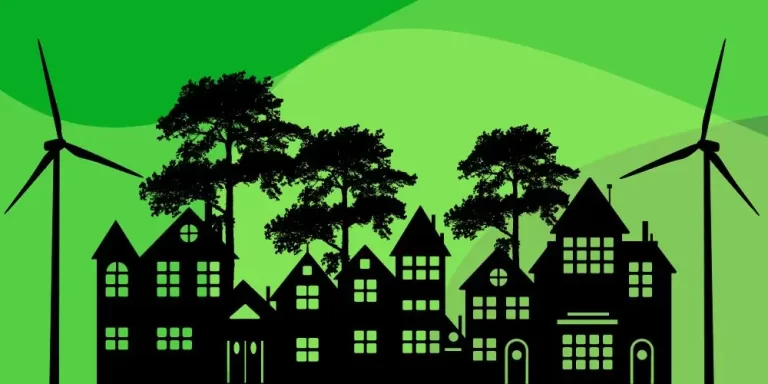
2025 may prove to be a pivotal year for the rise of smart cities.
Smart Cities are tech-enhanced urban area, targeting improved efficiency, sustainability and quality of life for inhabitants. These improvements include, ‘smart’ energy grids capable of optimising energy distribution through real-time data, AI enhanced traffic management, and use of big data sets to enhance urban planning.
Consequently, energy use can be optimised, air quality can be enhanced, and public safety improved.
Expect to begin seeing the term of ‘Smart Cities’ more frequently, along with gradual integration of these technologies into city life.
Sustainability Trends in 2025: Continuing to Progress
There are some potentially fantastic sustainability trends to emerge and advance during 2025.
The positive trends have the potential to support the limitation of climate change, counter biodiversity loss, and enhance our living environments. Yet they are not without their challenges and not all are positive.
The politization and subsequent challenges to achieving Carbon Net Zero are a prime example, and must to be managed carefully during 2025. If they are not, then the drive towards sustainability could easily take a turn in the work direction.
We’d love to hear your thoughts and predictions for Sustainability in 2025. Let us know in the comments section below, or through our social media accounts.
Lastly, if you’d enjoyed this post, we’d recommend the following, also available here at Greener Insights:
10 Key Sustainability Challenges to Tackle in 2025
Social Sustainability: Benefits & Challenges in Focus

